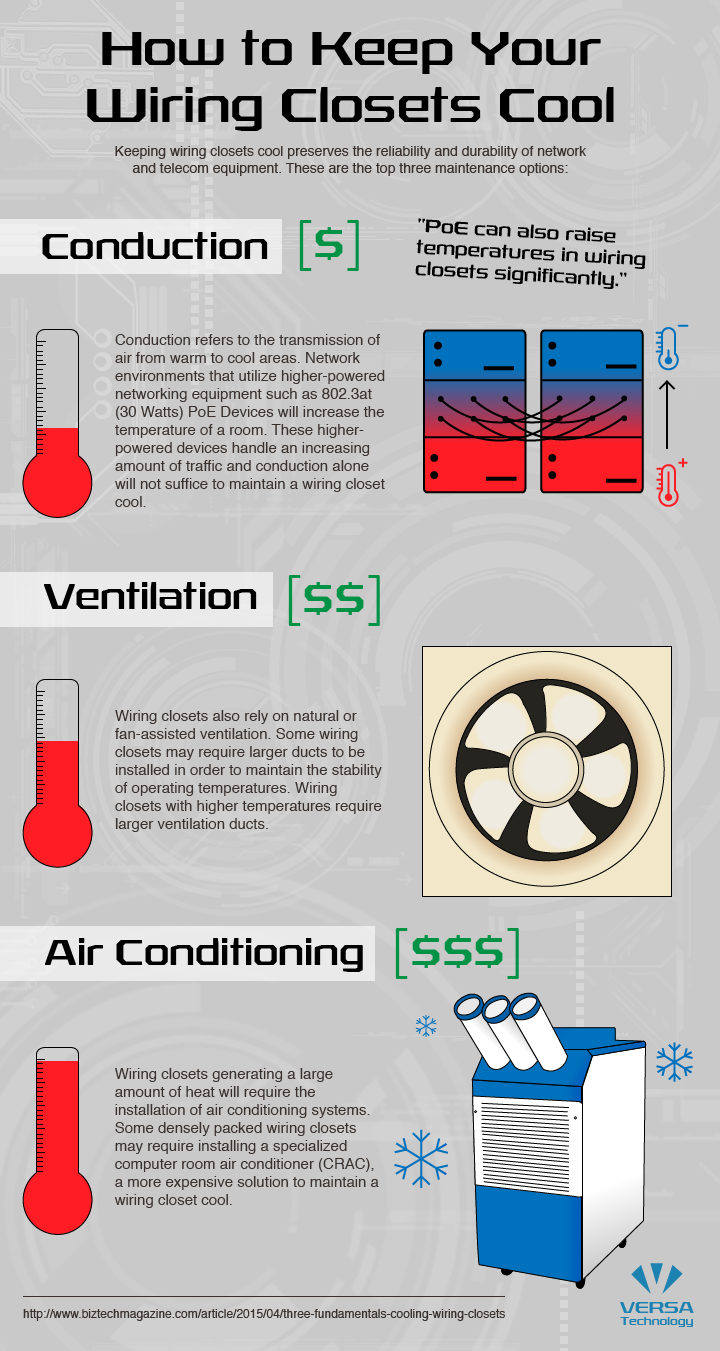The Ultimate Overview To Understanding Heat Pumps - How Do They Function?
The Ultimate Overview To Understanding Heat Pumps - How Do They Function?
Blog Article
Writer-Forrest Singer
The best heatpump can conserve you substantial amounts of money on power expenses. They can also help in reducing greenhouse gas exhausts, specifically if you utilize electricity in place of nonrenewable fuel sources like propane and heating oil or electric-resistance heaters.
Heat pumps work very much the like a/c unit do. This makes them a sensible alternative to typical electric home heating systems.
How They Function
Heatpump cool homes in the summer and, with a little help from electrical energy or gas, they give a few of your home's heating in the winter. They're a great alternative for individuals who intend to lower their use of fossil fuels yet aren't prepared to replace their existing heating system and a/c system.
They depend on the physical reality that even in air that appears too cool, there's still power present: warm air is always relocating, and it wants to relocate right into cooler, lower-pressure settings like your home.
Most power STAR licensed heat pumps operate at close to their heating or cooling capability throughout the majority of the year, lessening on/off biking and conserving energy. For the best efficiency, focus on systems with a high SEER and HSPF ranking.
The Compressor
The heart of the heat pump is the compressor, which is also called an air compressor. This mechanical streaming gadget utilizes prospective energy from power development to increase the pressure of a gas by decreasing its quantity. It is different from a pump in that it just works with gases and can not work with fluids, as pumps do.
Climatic air gets in the compressor with an inlet valve. It circumnavigates vane-mounted arms with self-adjusting length that separate the interior of the compressor, creating numerous dental caries of varying size. The blades's spin forces these tooth cavities to move in and out of stage with each other, compressing the air.
The compressor pulls in the low-temperature, high-pressure cooling agent vapor from the evaporator and presses it into the hot, pressurized state of a gas. This procedure is duplicated as required to supply home heating or cooling as required. The compressor also contains a desuperheater coil that recycles the waste warmth and adds superheat to the cooling agent, changing it from its liquid to vapor state.
The Evaporator
The evaporator in heat pumps does the same point as it carries out in refrigerators and a/c unit, changing fluid refrigerant right into a gaseous vapor that removes heat from the room. link web page would certainly not function without this important tool.
This part of the system is located inside your home or building in an interior air trainer, which can be either a ducted or ductless unit. energy system maintenance christchurch includes an evaporator coil and the compressor that presses the low-pressure vapor from the evaporator to high pressure gas.
Heatpump absorb ambient heat from the air, and after that use electrical energy to move that heat to a home or business in home heating setting. additional reading makes them a whole lot extra energy efficient than electrical heating units or heaters, and since they're making use of tidy electricity from the grid (and not burning fuel), they also generate much fewer discharges. That's why heatpump are such fantastic ecological selections. (In addition to a substantial reason that they're ending up being so popular.).
The Thermostat.
Heatpump are excellent choices for homes in cold climates, and you can use them in combination with traditional duct-based systems or perhaps go ductless. They're a great alternative to fossil fuel furnace or standard electric furnaces, and they're extra sustainable than oil, gas or nuclear HVAC tools.
Your thermostat is one of the most essential part of your heat pump system, and it functions extremely differently than a traditional thermostat. All mechanical thermostats (all non-electronic ones) job by using compounds that transform size with raising temperature level, like coiled bimetallic strips or the expanding wax in an automobile radiator valve.
These strips include two different kinds of steel, and they're bolted together to form a bridge that finishes an electrical circuit attached to your a/c system. As the strip gets warmer, one side of the bridge broadens faster than the various other, which creates it to bend and signal that the heater is required. When the heat pump remains in home heating mode, the turning around shutoff turns around the flow of refrigerant, so that the outside coil currently works as an evaporator and the interior cyndrical tube comes to be a condenser.